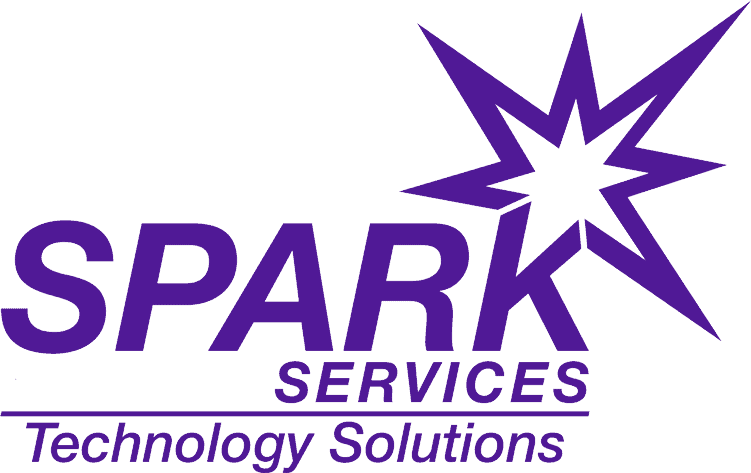Data Center Disaster Recovery undoubtedly is at or near the top of every organization’s list of strategic initiatives, considering the costs and implications of downtime. Nearly every business needs to ensure seamless and reliable data center disaster recovery in an unplanned outage.
Unfortunately, unplanned data center outages are expensive, and the cost of downtime is rising, according to research. When safeguarding applications, business services, and data against a wide range of threats, there are issues for organizations to consider, including staff resource constraints, budget limitations, and stakeholders’ hesitancy to change how they work, and many others.
Here are five best practices for Data Center Disaster Recovery that businesses must keep in mind.
Identify the critical aspect of data and applications
Before implementing the disaster recovery plan, it is essential to classify and group applications on a critical basis. Such grouping of applications will help departments distinguish lines of applications from each other in terms of their importance and their relative scope of influence. Go over data centers, server rooms, virtual machines in the cloud and on-premises, and endpoints like workstations. Please pay more attention to hypervisors, the configuration of networks and servers that one has to restore in case of a disaster.
Develop a Data Center Disaster Recovery Plan
Once the IT team identifies the risks, an organization can start developing a Data Center Disaster Recovery Plan that lays out the procedures for addressing them. The plan must include a thorough assessment of mission-critical systems and data assets. Detailed assessment inventories need to identify where the data is stored, which systems should be prioritized in the event of a downtime, and which compliance requirements impact services. Power redundancies need to be mapped out, and a method for replicating data put in place. Finally, the recovery plan must be readily available to IT employees so that everyone knows what roles they have to fulfill and which tasks must be prioritized in the event of a disaster.
Set off-site backup locations
Disasters come in many forms, including natural disasters, such as fire, pandemic, or flood, and human-made disasters such as cyber-attacks or accidental fire deletions, all of which can destroy production systems. Disasters such as these can impact the on-site disaster recovery systems deeply. In many situations, cybercriminals target both the production systems and local backups. There are many reasons why it is essential to have an off-site disaster recovery strategy.
Off-site disaster recovery is not a choice; it is an absolute requirement. If you store your systems in an off-site data center located at least 150 miles from your production systems, you significantly advance your chances of recovering from a disaster. The internal IT team is responsible for developing, testing, and executing the off-site disaster recovery strategy, from replication through failover to failback.
Test and validate the Recovery Plan
Securing assets and data from a disaster is only one part of the disaster recovery plan. A good disaster recovery plan must already have identified which systems to prioritize when services are offline, but eventually, things need to return to normal. Performing thorough analysis and developing recovery strategies are critical to a robust disaster recovery plan; however, testing and validating the plan is vital to successful disaster recovery planning.
The only means to validate that the plan will work is to test the plan daily and put a function in place to ensure it is updated to reflect environmental changes. It is vital to train assigned personnel on their roles in the disaster recovery situation and in the broader context of the plan itself.
Think of disaster recovery as a managed service
Infrastructure, software, platforms, security, and customer support, all of these managed services are vital elements for any organization. As a result, IT leaders go for managed service providers that have proven experience and know-how in each area. The same should be true when picking a partner for disaster recovery. Managed service providers help by offering remote backup storage, disaster recovery tools for backup, archiving and restoring, and multi-platform storage management.
Disaster recovery strategy choices can be challenging to make, but there is good news. SPARK Services offers solutions for large and small-to-medium-sized businesses to ensure you follow the backup rule using one key. Developing a robust Data Center Disaster Recovery Plan is essential for ensuring business continuity in the face of substantial risk.
This point is where SPARK Services comes into the picture. To know more, connect with us!




